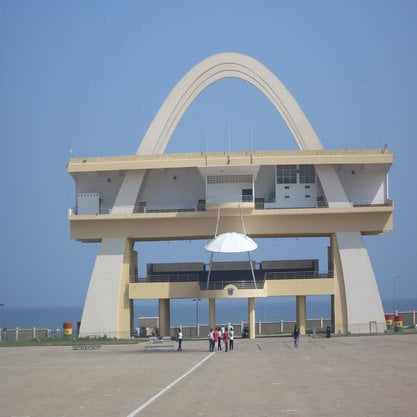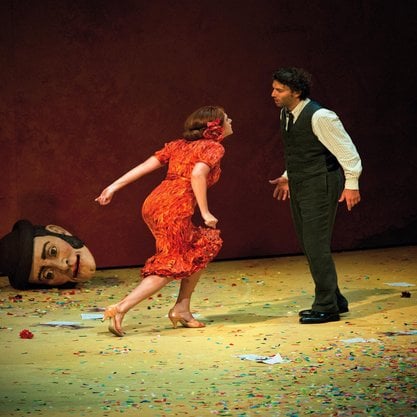Article
The Oshogbo Group By Weise, Constanze
Article
Between 1962 and 1966, after Nigeria gained Independence from Britain, a group of artists emerged in the Yoruba town of Oshogbo in southwestern Nigeria. They participated in art workshops conducted by expatriates, particularly Susanne Wenger, Ulli Beier and Georgina Beier. The artists combined traditional subject matter and stories with Western artistic media and techniques. Many had been involved in dance, theater and music as members of Duro Ladipo’s theatre company and remained creatively linked. Their works were characterized as trans-genre and retained the performative momentum of Gesamtkunstwerk (total artwork). The artists, among them Jacob Afolabi, Rufus Ogundele, Jimoh Buraimoh, Adebisi Fabunmi, Taiwo Olanyi (Twins Seven-Seven), Muraina Oyelami, Adebisi Akanji, Buraimoh Gbadamosi and Nike Okundaye, gained international fame and patronage, continuing with their work even after the Beiers left Nigeria. The Beiers continued to support Oshogbo artists in Sydney, Australia and Bayreuth, Germany while Susanne Wenger involved them in the artistic recreation of the Osun grove in Oshogbo itself.
In the early 1960s, three expatriate artists, the art critic Ulli Beier (1922–2011), and visual artists Georgina Betts (later Beier, b. 1936 ) and Susanne Wenger (Beier’s first wife, 1915–2009) settled around Oshogbo, setting an art movement in motion. At the same time playwright Duro Ladipo (1931–1978) arrived with his theatre group. In March 1962, Ladipo opened up his home as a cultural center housing the Oshogbo chapter of Mbari Mbayo (an outgrowth of an arts organization originating at the University of Ibadan) in his “Popular Bar.”


